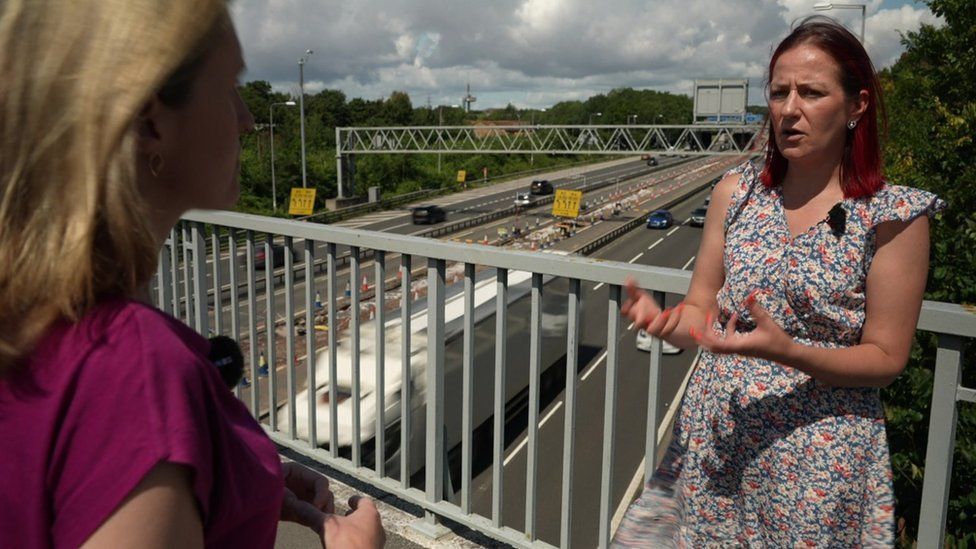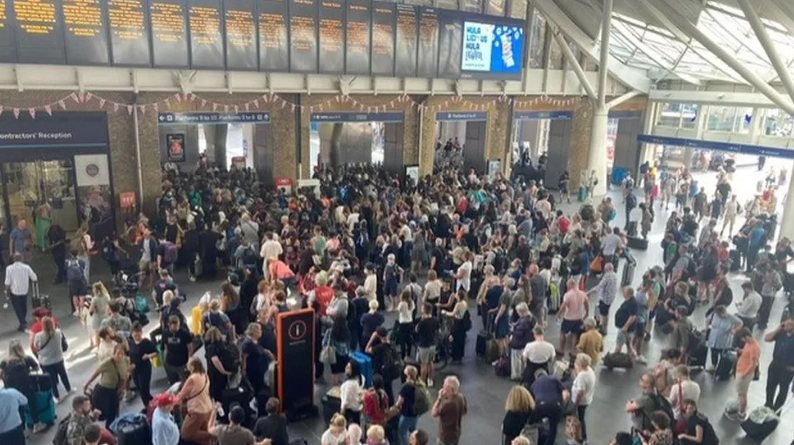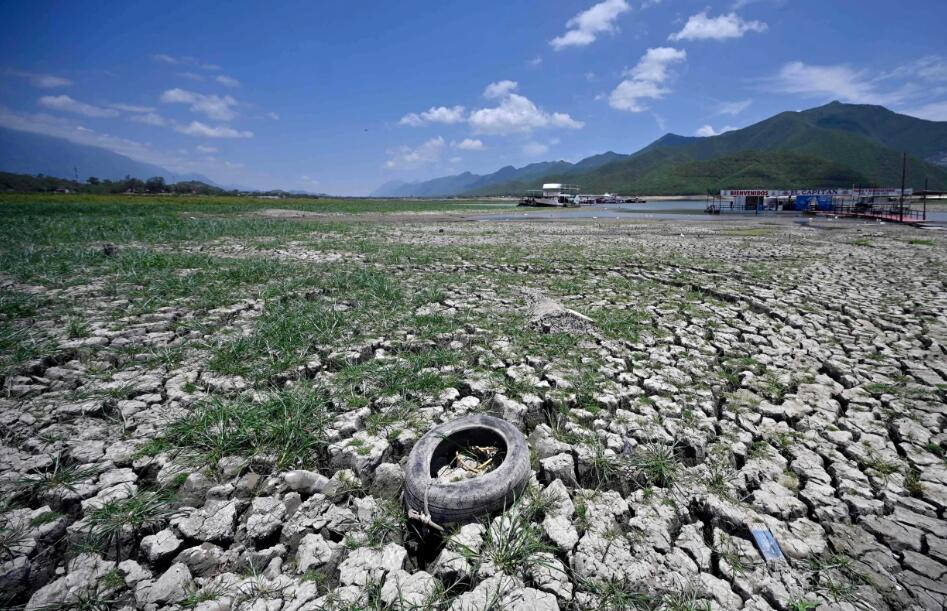Travel disruption will be worsened by climate change unless more money is spent on the UK’s transport networks, a government advisor has warned.
Intense rainfall and heatwaves have hit road and rail travel with flash floods, landslips and equipment failures.
Sir John Armitt said the UK must either accept more travel disruption or spend more money on maintenance and upgrades.
Network Rail’s safety and engineering director Martin Frobisher said companies were “racing to catch up”.
He insisted more was being spent than ever and technology was improving, but “every year we…break records on heat, on rain, on wind”.
Sir John, chair of the National Infrastructure Commission, said leaders including himself may previously have “underestimated the impact of climate change and the rate at which we’re seeing those changes”.
The former chief executive of Network Rail also believes there are societal and political choices ahead, when it comes to keeping our transport networks running as reliably.
Climate change is already hitting over the ways we get around and the bosses of our transport networks are reacting to keep things running smoothly.
Last summer’s heatwaves caused widespread train cancellations, caused by issues including buckled rails and fallen overhead power lines.
Railway tracks are engineered to cope with a certain range of temperatures, but when it gets very hot they can bend. When overhead power lines sag in the heat, they can get snagged in train equipment and be pulled down.
Hot, dry weather followed by heavy rain can trigger landslips, or flash flooding.
Network Rail, which is responsible for maintaining thousands of miles of railway across Britain, is trying to adapt.
Spending on drainage has increased, and technology is being deployed to remotely monitor rail temperature. Simple measures like painting rails white are still used to try and prevent over-heating. Other efforts include using things like air conditioning to keep signalling equipment cool, while

After three people died in August 2020 when a train hit a landslip near Stonehaven in Aberdeenshire, Network Rail has developed new software to predict sudden, torrential rainfall.
‘Significant changes’
Nicola Morgan, who works for Network Rail in its Wales and Borders region, said there had been “significant changes in recent years”, with stronger weather fronts and powerful storms.
Her colleagues in the Cardiff operations centre use heat sensors and cameras to keep track of conditions around the region. This won’t necessarily prevent disruption to services, but can flag anything unsafe.
Measures like speed restrictions can be introduced, and maintenance teams alerted. Drones can now be sent to see what’s going on.
Melting and flooding roads
Major roads can also be severely affected by extreme weather.
Angela Halliwell, who works for National Highways, said “we had some instances last year where some pockets of the road did soften or in some cases melt.”
At the same time, “we have noticed an increase in surface water flooding through the intense rainfall”.

New drainage standards have been brought in “in line with future climate projections”, Ms Halliwell said.
To try and make roads more resilient to heat, different surfacing is being introduced which would not “melt or rut, potentially crack or joint”,
Weather extremes also exacerbate every driver’s nemesis: potholes.
Sir John Armitt says ultimately, “we get the infrastructure we pay for”.
While Network Rail’s Martin Frobisher thinks the changing climate will be “the biggest challenge for this century”.



